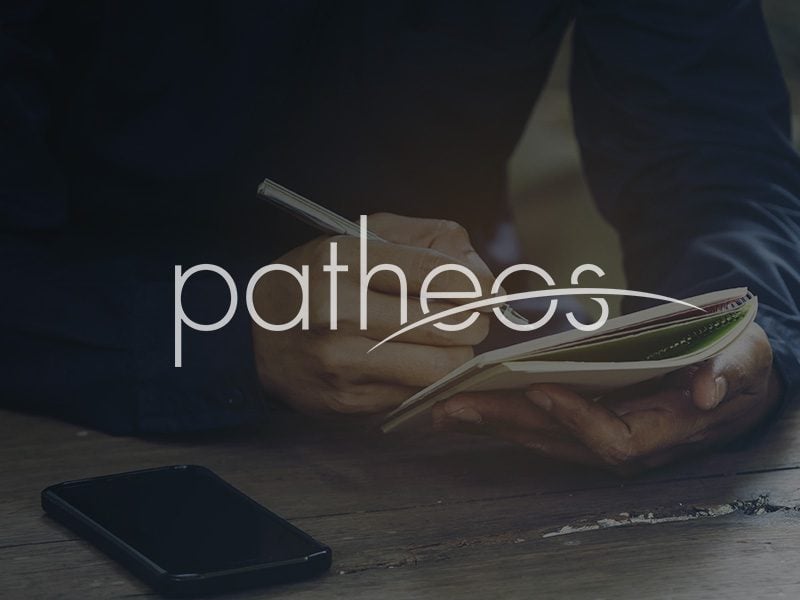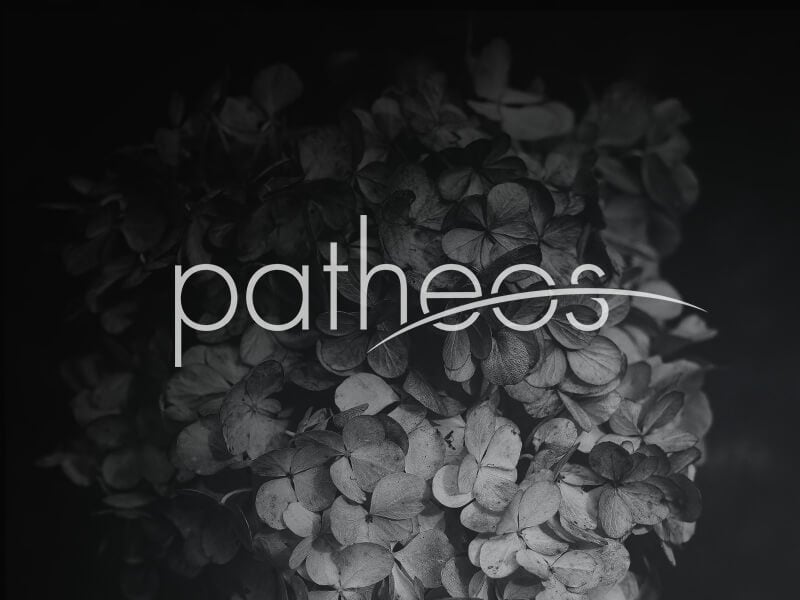Since 1965, the Buddhist population has grown considerably as a result of increased immigration from Asia. Buddhism is not new to the US since many of the early immigrants, largely Japanese and Chinese immigrants brought their Buddhist faith with them. But as a result of racist policies that tinged with some Christian nationalism (e.g “America is Christian not religiously pluralist”) the number of Buddhist Americans never grew at the normal rate like other groups. Since most Asian Americans today are immigrants, and since a large proportion of them are not proficient in English (especially in answering a phone survey) most surveys since 1965 have no accurate recording of the Buddhist population. The new Pew Report on Asian American religions helps bring some of our current understanding of Buddhist religion in perspective. As the report points out, 14% of Asian Americans in the survey currently identify as Buddhist. If the Asian American population is roughly 17 million, that’s nearly 2.4 million Asian Americans. If we add the white Buddhist population (using the Religious Landscape Survey from 2007), that’s an additional 1 million or so (there are smaller numbers of non-white and non-Asian American Buddhists, but even when we combine their figures it would not add up to even half of the white Buddhist constituency). So Asian Americans form the largest fraction of American Buddhists today (about 60% if there are nearly 4 million Buddhists). Note how this differs from the original figures presented in the 2007 Landscape survey which was only administered in English. White Buddhists now make up about 25 to 30% of the American Buddhist population, not 53%.
Within Asian America does any one particular nationality or ethnic group dominate the Buddhist population? Appendix 2 of the report shows some of the religious distributions of the major six nationalities that comprise about 83% of Asian Americans today: Chinese, Indian, Filipino, Korean, Vietnamese and Japanese. Given that migration patterns have changed, I wondered whether the proportions of the Buddhist population were coming from the same places where this faith tradition is more popular. Pulling the numbers from different sections of the report I came up with the following:
| Asian American Buddhists Compared to Country of Origin – Pew Asian American Survey 2012 | |||
| Nationality | % Buddhist | % Buddhist in US Asian groups | Approximate %Difference |
| People’s Republic of China | 15 | 15 | 0 |
| India | 1 | <1 | 0 |
| Philippines | <6* | 1 | <5 |
| South Korea | 20 | 6 | -14 |
| Vietnam | 55 | 43 | -12 |
| Japan | 41 | 25 | -16 |
(Note: the * refers to the catch-all “Other religions” for the Filipino figures. Buddhists were not separated out). Interestingly, Chinese, Indian, and Filipino proportions are roughly in the same range in the US as it is in their home countries. However in the three countries where the percentage of Buddhists is 20% or greater (Vietnam, Japan, Korea), we find that those rates are not sustained in the US ranging roughly around 12 to 16% lower. Notably too, only Vietnamese Buddhists come close enough to nearly 50% of the Buddhist American population. Think about it, there are more white American Buddhists than any one nationality of Buddhists among Asian Americans even though they are proportionally much smaller among whites than among Asian Americans.
That said, we might wonder why there is a lower proportion of Buddhists in the US relative to their expected proportions in the Asian countries from which many of them originate. One explanation is that there is a selective Christian migration from Asia to the US. Whether Buddhism dominates the religious landscape (like in the Vietnamese case) or has a large minority presence (like the Chinese, Japanese and Korean cases), a lower proportion of them are migrating relative to Christians. Indeed another Pew report shows that Christianity tends to be the main religion of the majority of today’s migrants around the world. This is one way of explaining too that the selectivity of Asian immigration today reflects the movement of particular kinds of people rather than a random selection. One of these particularities is religion, where more Christians from Asia tend to immigrate relative to their proportions in these countries.
Another explanation is based on stateside experience: there may also be lower retention among Asian American Buddhists or higher exit. As the report shows while 14% of those Asian Americans surveyed identified as Buddhist, 22% were raised Buddhist. No other religious group (save the unaffiliated category which is the topic of a different blog post) shows this much attrition. Put in two different rates, 54% of those raised Buddhist are currently the same religion but of those who are currently Buddhist, 85% were raised Buddhist. So while a lower proportion remain Buddhist compared to their childhood faith, those that are currently Buddhist largely grew up so. Sociologists describe these fluctuations as religious switching.
So what happens to the 45% of former Buddhists? As the religious retention table shows (p. 52), about 27% now describe themselves as unaffiliated, and another 11% report being Protestant. There’s clearly a lot of movement among those Asian Americans raised in this religious tradition. But in a country that espouses religious freedom and tolerance, why is retention among Buddhists so low? And why are the switches occurring with these two groups?
While there are many explanations for this question, one possibility that jumped out to me was religious assimilation. If assimilation can be described as the process of immigrants fitting into mainstream American society, then religious assimilation is the process of immigrants fitting into the religious mainstream of American society. In our current cultural politics it seems as if there are two dominant “religious parties”, evangelical Protestantism and no religious affiliation. Despite our religious ideals, I wonder if some of the attrition is explained by the minimized presence of Buddhism in the public discussion over the influence of religion in American society which espouses religious tolerance. Judging from media analysis research by Jane Iwamura, it’s clear that Buddhism has a problematic place in the popular imagination of the American public, but is it also subtly marginalized for that very same reason? In other words is Buddhism trivialized by the misrepresentations portrayed in the media as well as the near absence of it in our public discourse over religion? As such, for those who grew up Buddhist, whether in the US or abroad, are more of them inclined to leave their faith tradition (or perhaps privatize it) as a result of being exposed to a culture that either does not take religion seriously or asserts the exclusivist claims of only one faith?
Still another explanation might be tied into ethnic diversity and changes in immigration. Without direct access to the data, I wonder if the aforementioned effects might vary based on the immigration wave in question. For example, Japanese migration to the US has slowed considerably. Therefore more of the Japanese Americans in a sample like this were likely US born and perhaps even third generation Americans or more (recall the internment of World War II). I wonder if Buddhist religious retention is lower for multi-generational Asian American Buddhists compared to those who “just arrived” since the 1970s. This might be evidenced by ethnicity (comparing Japanese with Vietnamese respondents), or if we know the particular generational status of each respondent we could directly test whether this might be the case.
These findings require more investigation and this is where more qualitative research can help us understand how American Buddhists think about their faith and what might these retention figures mean. Want to learn more about American Buddhism? Check out these scholarly works by Wendy Cadge, Sharon Suh and Carolyn Chen as a start.















